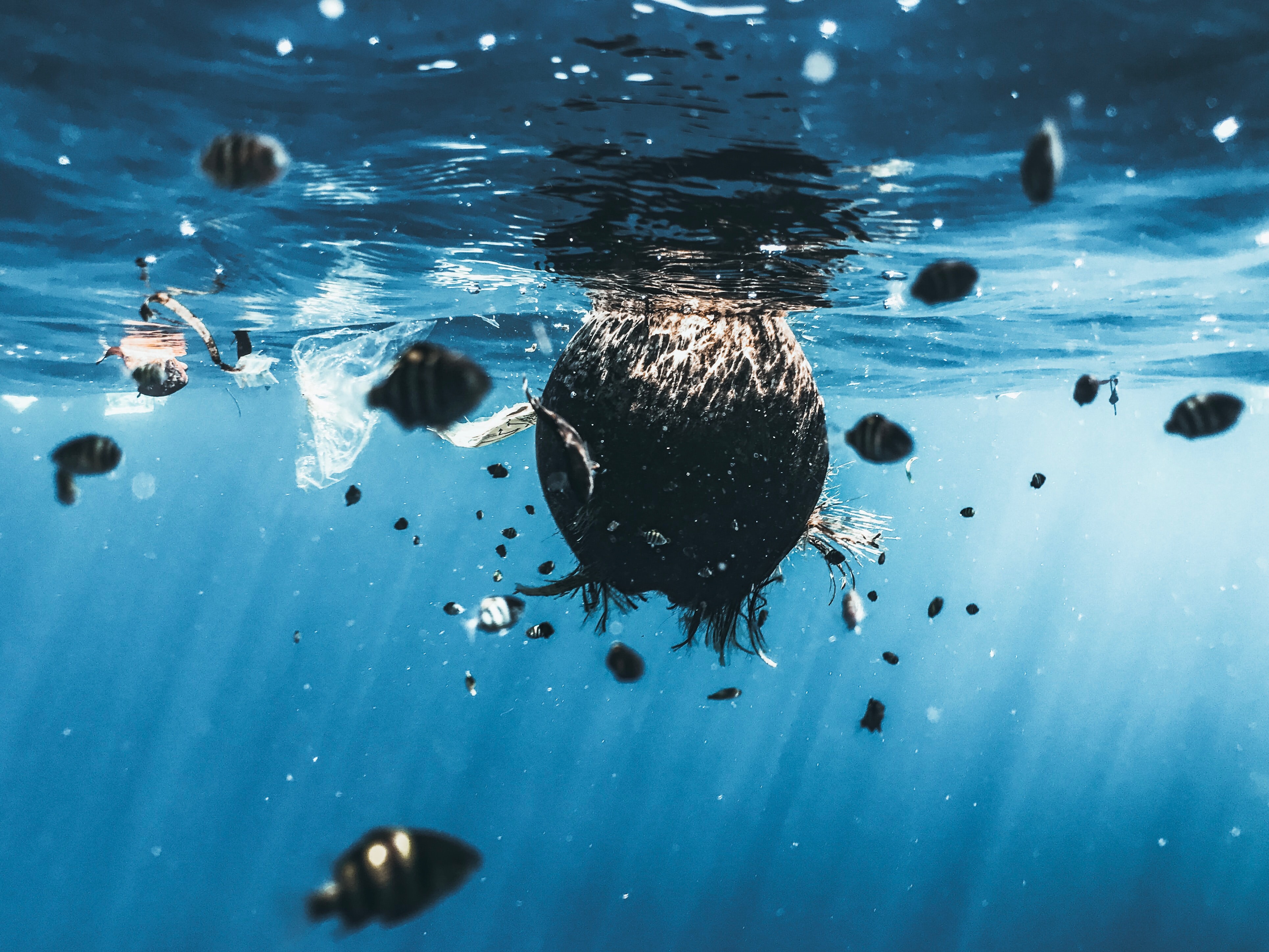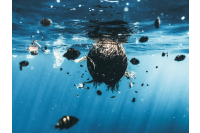Plastic-eating Enzyme Could Stem the Tide of Plastic Entering the Oceans

A 2017 study(1) estimates that up to 2.41 million tons of plastic enters the ocean via rivers every year, but if one includes all land-based sources of plastic, the total amount of plastic entering the oceans each year could be higher than 12 million tons(2). One of the biggest hurdles to solving the marine plastics problem is that no matter how fast we remove it from our oceans and beaches, there is a steady flow entering the oceans every day. In order to make any headway, we need to not only tackle the plastic that is already in the ocean, we also need to eradicate plastic pollution at the source to prevent it from getting into the ocean in the first place. Scientists have now created a super-powered mutant enzyme that is designed to quickly degrade plastic into components suitable for reuse, which could be a game-changer.
A team of US engineers and scientists have developed an enzyme that can break down notoriously long-lived plastics within a few days or even hours (3). The enzyme not only breaks plastic down rapidly, it breaks it down into reusable components that can be recovered for reuse.
"The possibilities are endless across industries to leverage this leading-edge recycling process," said Hal Alper, a professor in the McKetta Department of Chemical Engineering at UT Austin, and co-author of the study. "Beyond the obvious waste management industry, this also provides corporations from every sector the opportunity to take a lead in recycling their products. Through these more sustainable enzyme approaches, we can begin to envision a true circular plastics economy."
For the study, the scientists focused on polyethylene terephthalate (PET) — a common plastic polymer used in the manufacture of packaging materials such as plastic beverage bottles and takeaway food containers — which accounts for around 12% of all waste generated globally.
The team created the enzyme, which they have called FAST-PETase (functional, active, stable and tolerant PETase), by modeling novel mutations to a naturally occurring enzyme called PETase that helps bacteria slowly degrade PET plastics. Using the model, the scientists were able to predict which mutations would speed up this process, ultimately allowing the mutated enzyme to quickly break down plastic waste at low temperatures.
Currently, less than 10% of plastic waste generated globally is recycled. Instead, it ends up in landfills or littering the countryside, lakes, and rivers, and ultimately ends up in the ocean or washed up on beaches around the world. A biological solution to plastic pollution such as this would not only help reduce plastic at its source, it could potentially also be used for the environmental remediation of polluted sites, including beaches.
"When considering environmental cleanup applications, you need an enzyme that can work in the environment at ambient temperature. This requirement is where our tech has a huge advantage in the future," Alper said.
Sustainable innovations such as this that are inspired by nature or natural processes hold great promise for a cleaner plastic-free environment in the future.
References:
(1) Lebreton, L., van der Zwet, J., Damsteeg, JW. et al. River plastic emissions to the world’s oceans. Nat Commun 8, 15611 (2017). https://doi.org/10.1038/ncomms15611
(2) Jenna R. Jambeck,Roland Geyer, Chris Wilcox, et al. Plastic waste inputs from land into the ocean. Science Vol 347, Issue 6223 pp. 768-771; DOI: 10.1126/science.12603
(3) Hongyuan Lu, Daniel J. Diaz, Natalie J. Czarnecki, Congzhi Zhu, Wantae Kim, Raghav Shroff, Daniel J. Acosta, Bradley R. Alexander, Hannah O. Cole, Yan Zhang, Nathaniel A. Lynd, Andrew D. Ellington, Hal S. Alper. Machine learning-aided engineering of hydrolases for PET depolymerization. Nature, 2022; 604 (7907): 662 DOI: 10.1038/s41586-022-04599-z
- Most Viewed Blog Articles (5)
- Company News (285)
- Emerging Technologies (64)
- Microbiology and Life Science News (93)
- Water and Fluid Separation News (97)
- Filtration Resources (93)
- Product News (19)



![Join Sterlitech at BIO 2024 [Booth #5558]: Exploring the Future of Biotechnology](https://www.sterlitech.com/media/blog/cache/300x200/magefan_blog/b4.jpeg)



